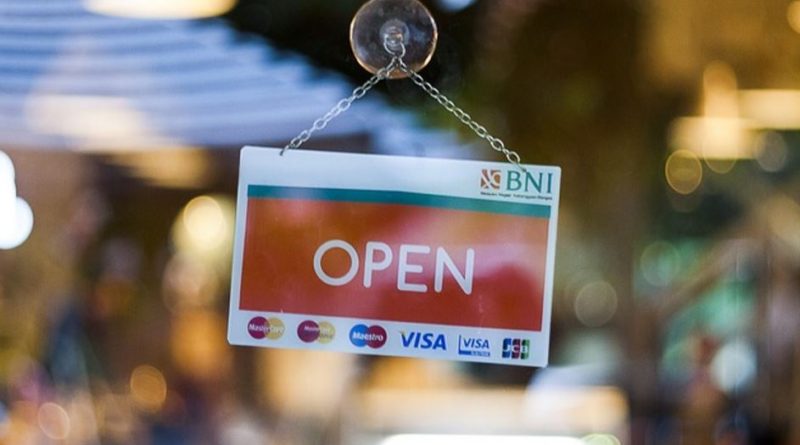Editor’s comment: How store presentation is key to discouraging discount culture
Now this is going to sound sad, but I’ve decided this month that the measure of a good bike shop is whether I’m still thinking about the experience the day after my visit.
In CI.N’s Q4 edition, we’ve a number of features that will talk about tapping into the mindsets of millennials like myself and baby boomers with their longer attention spans and often bigger budgets. It’s interesting to note that the reverse can be true, of course. How many times have you served a baby boomer customer quickly and with little damage to your valuable man hours? The millennial, meanwhile, may be much more prone to haggling, not just because of the typically limited budgets, but because they think they know it all too. And in some cases they know too much, because the world is in their palm 24/7.
If there’s one thing worse than “my mate said” it’s “someone on a forum told me.”
The old adage ‘time is money’ has never been so acutely in focus and so knowing which battles to set your store up for is a fundamental consideration. Never before has profit per square foot of store space been so crucial to buying decisions. Research carried in our Q2 Journal indicated that it was clothing and footwear that the IBD market felt most at risk of having floor space chopped in favour of higher net margin items. Anecdotally, as MY18 product is made room for we have seen a fair few clothing sales.
But it’s not just sensible stock consideration that has struck a chord when chatting with independents this month. Setting your store up to maximise margin is one thing, but selling at full ticket isn’t something the bike industry can confidently say it has down to a tee. But can this too be designed into a store? Why would customers get funny looks when asking for a discount in John Lewis, but perhaps have the very same entertained in their local bike shop?
It comes down to appearance, from my observations. Having spent some time in London Boutique Velorution this year I’ve yet to see a customer haggle. Now this could be down to the affluent BBC-neighbouring postcode, but it could also be due to the retail experience aligning with those seen in customer-service lead High Street shops. As with Rutland Cycling, profiled recently here, customers are met within a minute or two of entering. Listening to the customer is central to the sales pitch, but being prepared for what they may say next even more so.
To emphasise the point I shall pinch a note from Donny Perry’s Leading Out Retail, as featured in our recent round up of books designed to drive business forwards.
“I have seen X bike on the internet and it was X price,” says the customer. Now at that point you could swear under your breath. Or you could ask “Now what did you like about that bike and why?” This takes the customer’s focus offline and back into your store, with the answer providing you with the ammunition to sell and perhaps correct the customer’s assumptions.
Need some ammo to disarm the internet-savvy customer? Why not find out how others in the trade do it.



